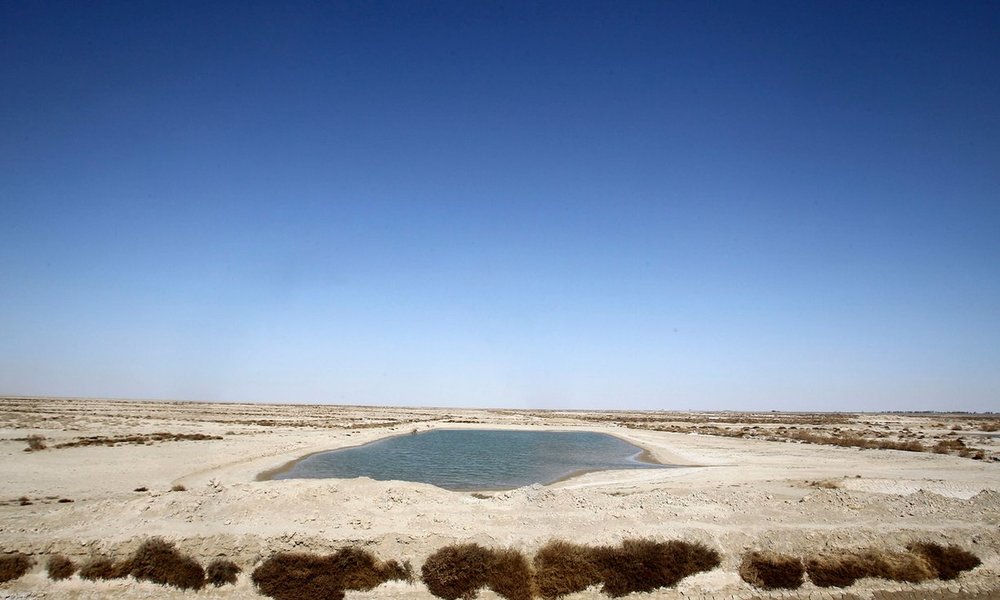WHO ranks Zabol as world’s most polluted city based on outdated data: official

TEHRAN — In response to a recent report released by the World Health Organization which ranked Zabol, southeastern Iran, as the world's most polluted city, the deputy director of Iran’s Department of Environment deemed the report’s data outdated.
Sa'eed Motesaddi explained that the data based on which the report was released belong to 2012 and they are dated, the Department of Environment website reported.
The WHO report is drawn up based on the annual PM 2.5 and PM 10 readings of 2012, Motesaddi said, adding, deciding the exact amount of PM 2.5 index in an area or a city is only possible through on-ground monitoring of the particles.
However, he pointed, Zabol ground monitoring station was first installed in 2014 and in this regard it appears that WHO’s report is based on projection models which are only reliable as much as a model.
Hamoun wetland has exacerbated the situation now that it has dried up and become a major source of dust in the air in the area, Motesaddi regretted.
The Department of Environment has been seeking to increase the amount of water entering Hamoun Lake for the past two years, but unfortunately due to recurrent and consistent droughts the lake didn’t get enough water for two decades, he said.
Owing to the recent rainfalls and by removing border dykes, substantiate amount of water has entered the lake which can hopefully mitigate the occurrence of dust storms in the region, he added.
He finally expressed hope that international cooperation and approval of the dust particles resolution by the United Nation constitute an improvement on the current situation.
$170m-$340m needed to fight dust particles in Iran: Ebtekar
On the relevant subject, chief of the Department of Environment, Masoumeh Ebtekar, noted that some $170 million to $340 million is needed to fight dust particles in Iran.
“Currently more than 20 provinces in Iran are struggling with this phenomenon and in case we don’t take necessary measures soon enough it will spread to other provinces as well,” she warned.
She pointed that [Hamoun-e] Jazmourian wetland, southeastern Iran, straddling the provinces of Kerman and Sistan-Baluchestan, is the main source of dust storms for the central and southern Iran.
It is vital to reconsider water management in the agriculture sector in the area and stop digging illegal wells and to accomplish that ministries of energy and agriculture have to cooperate, Ebtekar highlighted.
MQ/MG
Leave a Comment